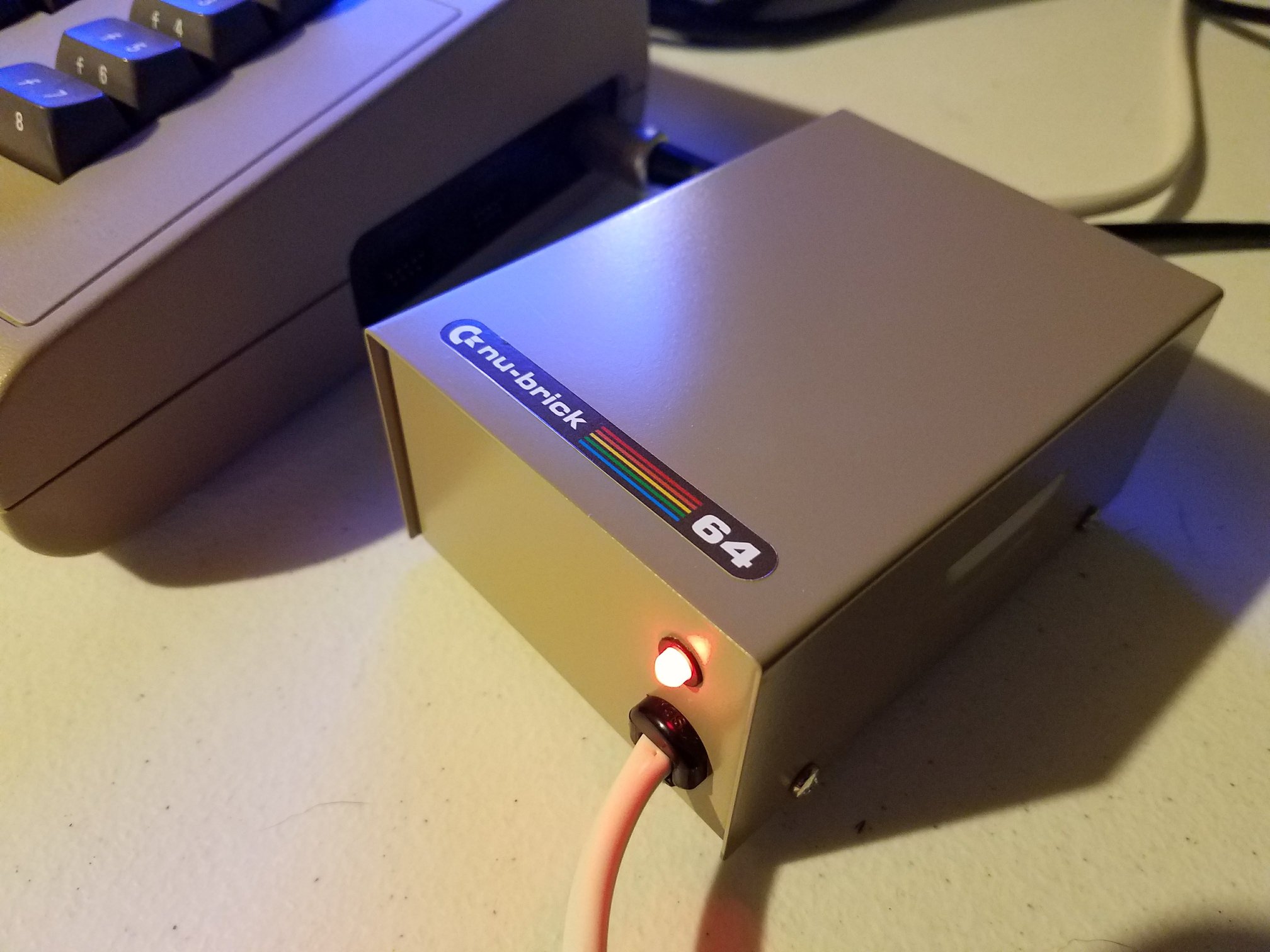RobSmithDev returns with a new video focused on the Amiga 600 GoDRIvE upgrade, and it’s a double feature. First, he walks through the fix that finally got his RGB2HDMI audio board working. Then, he installs the GoDRIvE600 mod, which cleverly blends Gotek convenience with the original floppy drive.
The HDMI audio solution, once a headache, becomes a simple tweak. Rob explains how a grounded pin on his piggyback board interfered with audio output. The fix? Just snip pin 22 on the Raspberry Pi. With that done, the audio works flawlessly. He even demonstrates stereo-to-mono downmixing—perfect for setups where stereo separation feels off.
But Rob isn’t done. He moves on to what he calls one of his favorite mods—the GoDRIvE600. This upgrade allows the use of both a physical floppy and a USB Gotek-like drive. It’s a custom mod tailored for the tight internals of the A600, since standard GoDRIvE setups don’t fit due to the internal floppy connector placement.
He unboxes the kit from Digital Retrobay, showing off the components, including a controller box with a USB port and a neatly engineered PCB designed to slip under the floppy drive. The video walks through the installation process step-by-step, pointing out one crucial alignment tip: make sure the connector pins line up correctly. A simple misalignment can cause issues, but Rob’s practical advice makes the process smoother.
After sealing up the case, Rob demonstrates the results. Switching between floppy and USB modes is seamless. He even drops a musical hint for viewers to identify a classic game by soundtrack alone—because of course, retro computing is also about fun.
The Amiga 600 GoDRIvE upgrade offers the best of both storage worlds. Original floppy disks still work, while ADF files load effortlessly from USB. Combined with HDMI audio now functioning perfectly, Rob’s A600 becomes both a nostalgic machine and a modern, portable setup.
This video isn’t just a how-to—it’s a celebration of upgrades that enhance usability without sacrificing charm. Watch it to learn more, get inspired, and maybe even fix your own HDMI audio issues while you’re at it.







